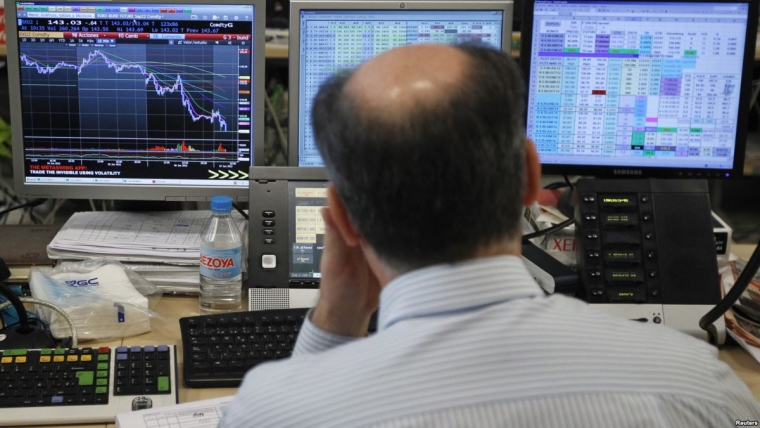
EUR ended the week on a strong note after better than expected PMI data, which also helped lift rates and drag US Treasury yields higher. NZD and AUD were flat for the day.
US equities made a fresh record high on Friday, but couldn’t sustain the move, ending the day down 0.1%, but capping off a good week that saw a gain of 2.2%. Trump said that he called off a planned military strike against Iran after learning that 150 people might have been killed, something he didn’t think was proportionate retaliatory action for the earlier shooting down of a US drone. Iran said that it also showed restraint against shooting down a manned US aircraft near the drone it shot down. Commentators noted that this suggested neither side wants a war in the Middle East. Still, tensions in the Middle East helped oil prices make further gains, taking the weekly gain for WTI crude to over 9% and over 5% for Brent crude. Trump is expected to announce further sanctions against Iran today.
Focus over the coming week will turn to the G20 meeting at the end of the week where Presidents Trump and Xi will meet. The best that can be hoped for is that no further tariffs are imposed, but the trade and technology war looks fairly entrenched. Ahead of this week’s meeting, on Friday the US Commerce Department blacklisted five more Chinese technology companies from buying American-made products because of national security concerns.
Key market movements on Friday can be linked to euro-area manufacturing PMI data, which showed some signs of stabilisation after their horrid run, with German and French indicators showing some improvement off a low base. The composite, which includes services, rose to a seven-month high. ECB President Draghi said earlier this month that additional stimulus will be needed “in the absence of any improvement” to the outlook for growth and inflation, so the better data shaded down market expectations for further rate cuts or QE.
Supported by the data, EUR was the best performing of the majors and rose 0.7% to 1.1370, a 3-month high, while key European 10-year rates were up in the order of 3-4bps. NZD/EUR closed the week just below 0.58. A stronger EUR spilled over into GBP, which was up 0.3% to 1.2740.
In signs that the trade war and weaker global growth have spilled over to the US economy, the US Markit PMI – less widely followed than the key ISM indicator – fell to 50.1, a nine-year low. In an essay, Fed President Kashkari said that he advocated for a 50bps cuts at the FOMC meeting and a commitment not to raise rates again until core inflation reached 2% on a sustained basis. Deputy Fed Chair Clarida said in a Bloomberg TV interview that “the case for providing accommodation has increased …especially in the last six or eight weeks, there has been elevated uncertainty about the outlook.” The rally in US Treasuries took a breather, with the 10-year rate drifting up 3bps to 2.055%, in line with higher European rates, with some curve flattening evident as the 2-year rate fell by 1bp to 1.77%.
The NZD range-traded on Friday, beginning and ending the day just under the 0.66 mark, after temporarily breaking above that level in afternoon trading. The flat result capped off a good week, which saw it gain 1.5% against a backdrop of a soft USD. Even though expectations of RBNZ rate cuts ramped up, so too did expectations of Fed rate cuts, so that NZ-US rate spreads at the short end of the curve continued to trend higher – the NZ-US 1year swap spread is up 21bps over the past four weeks. Still, with NZ rates below US rates, CFTC data showed speculative net shorts in the NZD rising to their highest level in seven months, with a net notional short position of around $1.6bn. NZ swap rates fell slightly to fresh record lows, with the 2-year rate closing at 1.29% and the 10-year rate at 1.72%.
The economic calendar for the week ahead is fairly uneventful until the RBNZ’s OCR decision on Wednesday afternoon, where no surveyed economists are predicting a rate cut, while the OIS market prices in 5.5bps of easing. While almost a full rate is priced for the August MPS if the Bank wanted to get “ahead of the curve” then a surprise rate cut this week would be the way to do it.

We welcome your comments below. If you are not already registered, please register to comment
Remember we welcome robust, respectful and insightful debate. We don't welcome abusive or defamatory comments and will de-register those repeatedly making such comments. Our current comment policy is here.